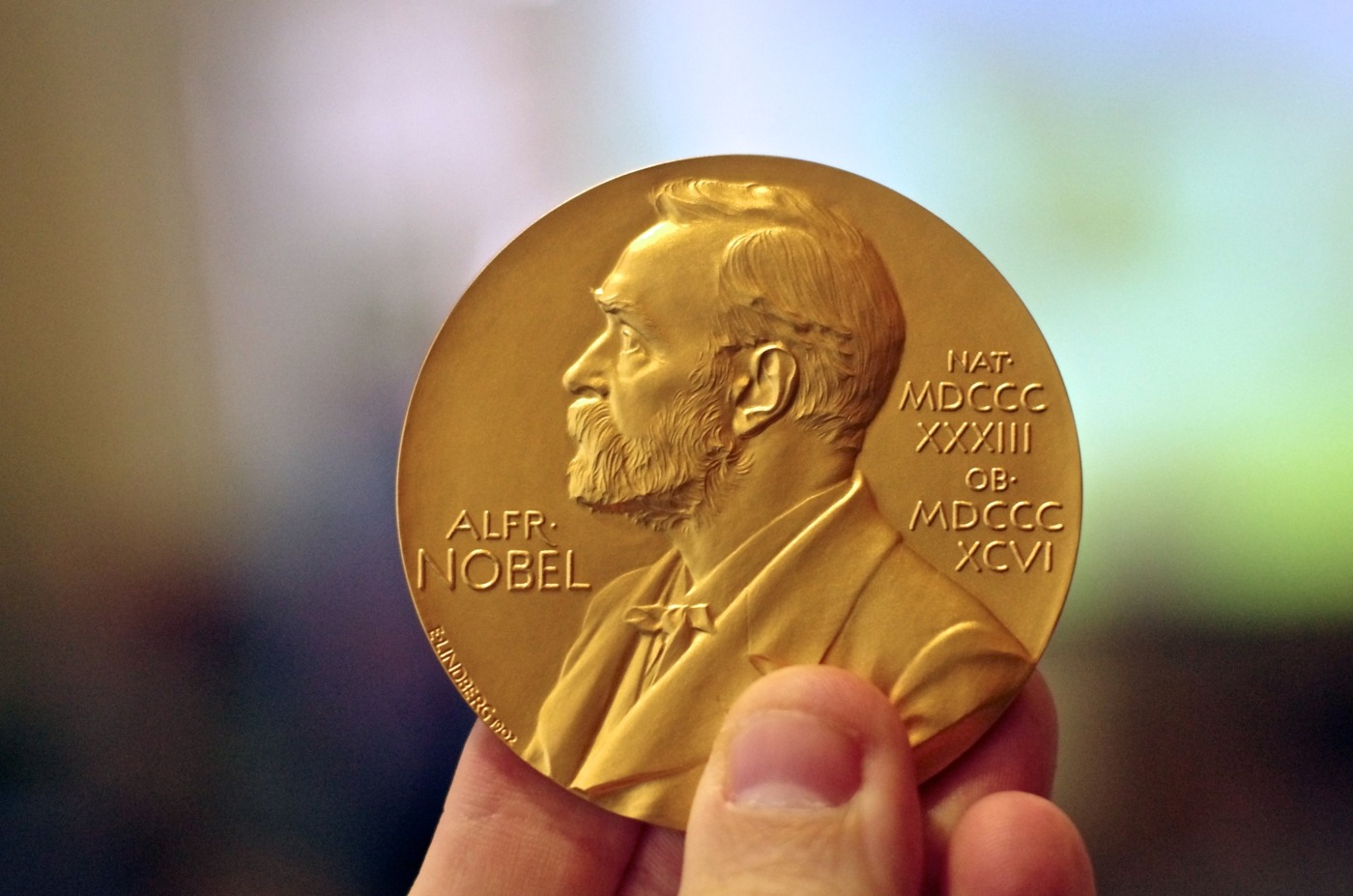The smartest of their time: the Nobel prizes of 1973
Each year, five Nobel prizes are awarded to those who have ‘conferred the greatest benefit to humankind’ in the preceding year. What work did the three science prizes – for Chemistry, Physics and Medicine – celebrate in 1973?
Physics:
To Leo Esaki and Ivar Giaever “for their experimental discoveries regarding tunnelling phenomena in semiconductors and superconductors, respectively” and to Brian David Josephson “for his theoretical predictions of the properties of a supercurrent through a tunnel barrier, in particular those phenomena which are generally known as the Josephson effects”
Electrons are known to behave like particles and waves in different situations. They are also able to pass straight through barriers that classical particles cannot penetrate. This phenomenon is known as quantum tunnelling, and its existence was established in the late 1920s. The best-known example of tunnelling is alpha decay, where an alpha particle (made up of two neutrons and two protons) is able to escape the atomic nucleus, despite being attracted to it and repelled by the electrons surrounding it.
Leo Esaki is a Japanese physicist (he’s still alive at 98 years old!). He was working for Sony in the late 1950s when he produced the first demonstration of tunnelling effects in solids. He used this tunnelling in semiconductors (materials which conduct electricity more than an insulator but less than a conductor) to produce a type of diode (a circuit component which only allows current to flow one way).
Ivar Giaever, a Norwegian–American, also going strong at 94, was working for General Electric when he built on Esaki’s work to demonstrate tunnelling in superconductors (materials which can conduct electricity without any resistance at all).
When he was only 22, Welsh physicist Brian Josephson discovered the ‘Josephson effect’. Put simply, this describes the flow of a current between two superconductors which are separated by a thin insulating layer. This led to the discovery of bound pairs of electrons called Cooper Pairs, which were used to explain how superconductors worked – a theory that had won the Nobel prize the previous year.
Quantum tunnelling effects have subsequently been used in the invention of a type of microscope
Quantum tunnelling effects have subsequently been used in the invention of a type of microscope, as well as in flash computer memory. A controversial idea is that quantum tunnelling is involved in how we smell, allowing our palette to conceive of a plethora of different flavours. The effect is still a hot topic in modern research and adds to our understanding of the mysterious world of quantum physics.
Chemistry:
To Professor Ernst Otto Fischer, Munich, and Professor Geoffrey Wilkinson, Imperial College for their pioneering work performed independently on the chemistry of the organometallic, so called sandwich compounds
German chemist Ernst Otto Fischer and English Geoffrey Wilkinson won the Nobel prize in chemistry together for their work on ‘sandwich compounds’. These are types of organometallic compounds, which are compounds containing organic molecules (made up mostly of carbon and hydrogen atoms) and metal atoms. In a sandwich compound, a metal atom is bound on two opposite sides by ring-shaped organic molecules. They are not known to exist naturally, only synthesised by chemists. Sandwich compounds can be used as catalysts to speed up chemical reactions, and can improve fuel for engines. Their discovery has also improved understanding of chemical bonding.
Medicine:
Karl von Frisch, Konrad Lorenz and Nikolaas Tinbergen “for their discoveries concerning organization and elicitation of individual and social behaviour patterns”
German–Austrian Karl von Frisch was a type of zoologist called an ethologist. Ethology is the study of the behaviour of animals. Von Frisch researched the methods that honeybees use to communicate and established a set of ‘dances’ they perform.
To tell other bees that there is a source of food nearby, a bee returning to the hive will perform a ‘round dance’ that the other bees join in. If the food source is further away, the bee will instead perform the excellently named ‘waggle dance’. This involves flying forward while wiggling, then turning to alternating sides to circle back. The dance actually acts to direct the other bees to the food and indicate its distance. They even use their inbuilt circadian rhythms to correct their calculations according to the time they reached the food and the time it takes to perform the dance!
Birds perform robot-like ‘fixed action patterns’ in response to key stimuli
Konrad Lorenz was an Austrian ethologist who, using geese, demonstrated that birds perform robot-like ‘fixed action patterns’ in response to key stimuli, without any learning. However, some other actions are imprinted early on in response to specific stimuli. It is worth mentioning that Lorenz was a member of the Nazi party.
Biologist Niko Tinbergen built on Lorenz’s work to establish a more detailed model for instinctive behaviour, and how they might require chains of specific stimuli to elicit certain actions. He also used dummies with exaggerated features to act as ‘supernormal stimuli’, causing more extreme reactions than normal in species including sticklebacks.
The work of these three scientists together improved our understanding of how behaviour is formed. Humans and other primates have some instinctive behaviours, some of which can be impacted by neglect in infancy.

Comments